Soset, Netherlands, is a small town that sits in the Dutch province of Utrecht. The town has around 46,000 people and is considered a quiet and safe place.
On September 29th, 2017, 25-year-old Anne Faber hopped on her bike and took a short ride through the Dutch countryside. Anne was known as a kind and caring young woman who enjoyed riding her bike like many Dutch people.
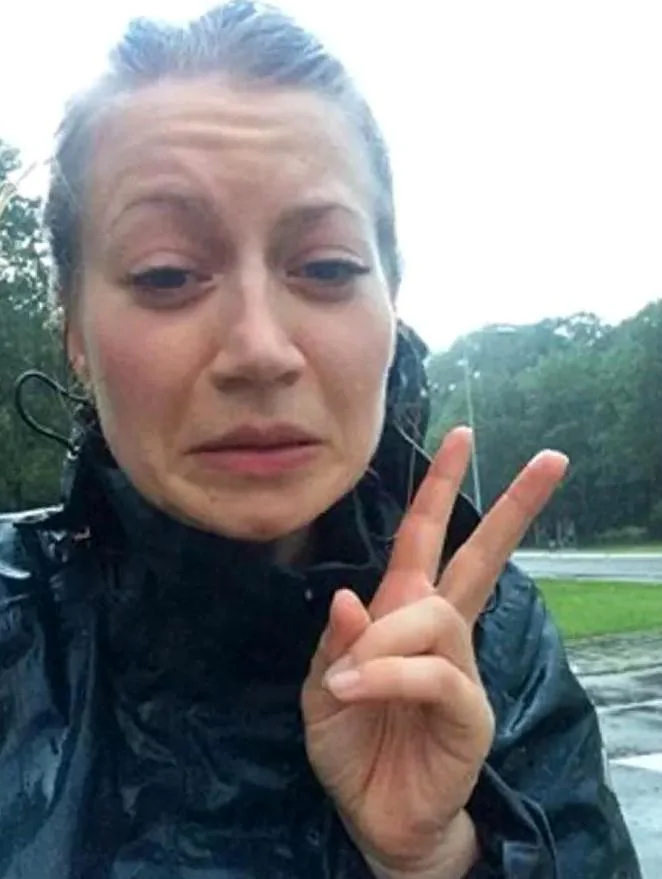

Just as Anne was riding through the fields and trees, a heavy downpour came out of nowhere. Anne had put on a raincoat when she left, but even this was not enough to deal with the intense rain.
At around 6:30 PM, Anne brought her bike to a gentle halt and whipped out her phone, snapping a selfie of her holding up a peace sign.
She sent the photo to her boyfriend, laughing about how she had been caught in the rain and how her hair was wet. After this, Anne disappeared.
When she failed to return home from her ride, her family reported her missing, and the Dutch police were dispatched to the area.
Anne’s boyfriend told investigators that she had been headed for the village of Den Dolder and had likely ridden through Lage Vuursche, Baarn, and Soest.
Investigators began retracing Anne’s path and appealing to the public for information. At first, it was feared that Anne had gotten into an accident and required medical attention, but as the days went on, the outlook became bleak.
By October 1st, 2017, the Politie [Dutch police] had dispatched over 30 officers and a helicopter with thermal imaging. They painstakingly retraced Anne’s steps, cycling through all possible routes and bike paths to Den Dolder, but no trace of her was found.
A Selfie Breakthrough
The first breakthrough came around October 2nd, 2017, when the police determined the location of Anne’s final selfie. According to their press release, the metadata showed it had been taken in the area of Soestdijk Palace in Baarn. Officers on horseback and volunteers then joined in the search for Anne.
By this point, Anne’s case had made nationwide news, and channels were reporting on every aspect of the case.
Anne’s family and friends worked with the police and appealed to the public for any information. Theories began to arise within the community, but without concrete evidence, all anyone could do was wait.
A day after police had determined where Anne’s final selfie had been taken, they made yet another breakthrough.
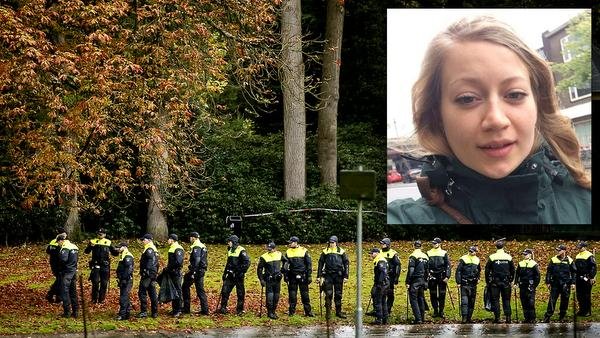
They had tracked Anne’s phone as it pinged off several towers in the area. Using this data, they concluded Anne had cycled along ANWB route 115802 from Soest towards De Bilt.
The final ping from Anne’s phone was at 7:30 PM, precisely one hour after she took her selfie and sent it to her boyfriend. Hundreds of tips [over 300] had poured into the police, but none led to Anne. As the sun began to set, the Dutch Police were starting to wrap up their search when they found something.
In a wooded area, the police came across a jacket that was later confirmed to have belonged to Anne.
The jacket was processed as evidence and sent straight to the Netherlands Forensic Institute for DNA testing. As the case progresses, Anne’s jacket and the DNA test results will become vital in unravelling the mystery.
Two days after Anne’s jacket was found, her case had another breakthrough. In Blookerpark, Huis ter Heide, the police came across a bike that was submerged in a muddy pond.
After retrieving the bike, they concluded that it likely belonged to Anne, drastically changing the course of their investigation. The following day, October 6th, investigators found Anne’s backpack in the same park where they found her bike.
DNA Strikes Again
On October 9th, 2017, the Dutch Police shocked the nation when they announced that 27-year-old Michael Panhuis had been arrested in connection with Anne’s disappearance and murder.
His DNA had been found on Anne’s jacket, which was recovered on October 3rd, linking him to the case. Anne’s family was overjoyed that somebody had finally been arrested, but this case would prove to be highly controversial.
Michael Panhuis is a man who should never have been allowed around the general public. In 2010, Michael was convicted and found guilty of raping two girls in Nijkerk and was sentenced to serve 11 years in prison. In a bid to reintegrate Michael into normal society, he was sent to a forensic psychiatric clinic in Den Dolder.
Disturbingly, Michael was granted many freedoms at the clinic and was allowed to come and go with no supervision. As far as the clinic knew, they were treating him for his drug use and anger issues.
Michael was able to manipulate the system as he had not given the prison permission to pass on information about his crimes to the clinic. As a result, he was granted freedom and not placed under the mandatory supervision that sex offenders are subject to.
At first, Michael was resistant to the investigators, but he quickly changed his mind. Two days after being charged and arrested, Michael wrote a full confession and led investigators to Anne’s battered and broken body.
She had been raped before her throat was slit. Michael then buried her body near a nature reserve in Zeewolde.
A Bike Ride From Hell
In his confession, Michael broke down the events of September 29th, 2017. He awoke early and spent his morning getting high before chasing it all down with 10 – 15 Ritalin pills. Michael admitted that he had an addiction and had a sizable daily habit of cocaine, Ritalin, and other substances.
Sometime that afternoon, Michael left the clinic freely with no supervision, telling the staff he was going shopping. He then headed out on his electric scooter in the forests of Den Dolder, and that is where he found Anne.
Reports indicate that Anne and Michael were involved in a minor collision, but there was still enough damage for Anne to want to contact the police.
This is when Michael panicked. According to him, the scooter was not licensed or insured, and he didn’t want to get into any more trouble with the police.
Michael then grabbed a knife, held it to Anne’s throat, and forced her into the woods, where he raped her. During his testimony, Michael was adamant that the attack was not premeditated.
Following the attack, Michael dragged Anne through the woods, plotting what to do next. He also told the court that he wanted to let Anne go. In a bid to keep her from escaping,
Michael had bound Anne’s hands behind her back, causing her to panic even more. The final straw for Michael was when Anne shouted ‘HELP’ at a passing cyclist.
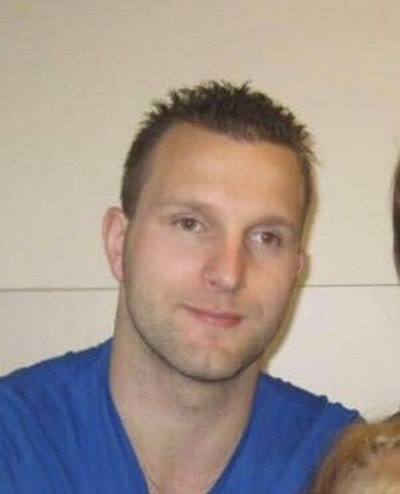
Not wanting to get caught, Michael grabbed the knife and told Anne to be quiet, but she continued to scream, and that is when he slit her throat.
Once Anne was dead, Michael buried her in a shallow grave of dirt and leaves. He then bizarrely spent several hours putting Anne’s belongings in different places to ensure they wouldn’t be found.
By dark, Michael was finished and went to his mother’s house for food, acting as if nothing had happened. The clinic allowed Michael to stay out all night without knowing his whereabouts.
According to an article by RTV Utrecht, Michael borrowed his mother’s car later that evening and headed straight to Zeewolde. In Zeewolde, Michael set about digging Anne’s final resting place.
Once the burial pit was complete, Michael drove back to where he had left Anne’s body, threw her into the car, and then drove back to Zeewolde to bury her.
Before burying her, Michael stripped her of her clothes and washed her. He told the courts, “That was terrible. You’re thinking about all kinds of things about the relatives and the family.”
Whilst Anne’s family were in distress searching for their daughter, Michael Panhuis was in Amsterdam, indulging in substances and escorts.
He also took a train to visit his pregnant girlfriend and spent time with his family. It wasn’t until October 9th that Michael’s crimes were exposed to the world, and he was arrested.
The trial of Michael Panhuis was highly publicised in the Netherlands, with citizens across the country diligently following the case.
The prosecution ran into a few issues with their case as they were unable to prove beyond a reasonable doubt that Michael’s crime had been premeditated.
On July 17th, 2018, Michael Panhuis was sentenced to 28 years in prison and ordered to pay Anne’s family €138,000.
In 2019, Michael appealed his case and lost. The sentence of 28 years was upheld, and he was ordered to pay an additional €40,000 per person [Anne’s parents and brother] in compensation.
Another condition of the conviction was that Michael undergo psychological treatment. Michael will be eligible for parole in 2046, although it is unlikely that he will ever see the light of day again.
Sources
https://dutchreview.com/news/final-verdict-of-the-anne-faber-trial
https://www.dutchnews.nl/2017/10/police-find-body-of-missing-anne-faber-in-flevoland-nature-reserve


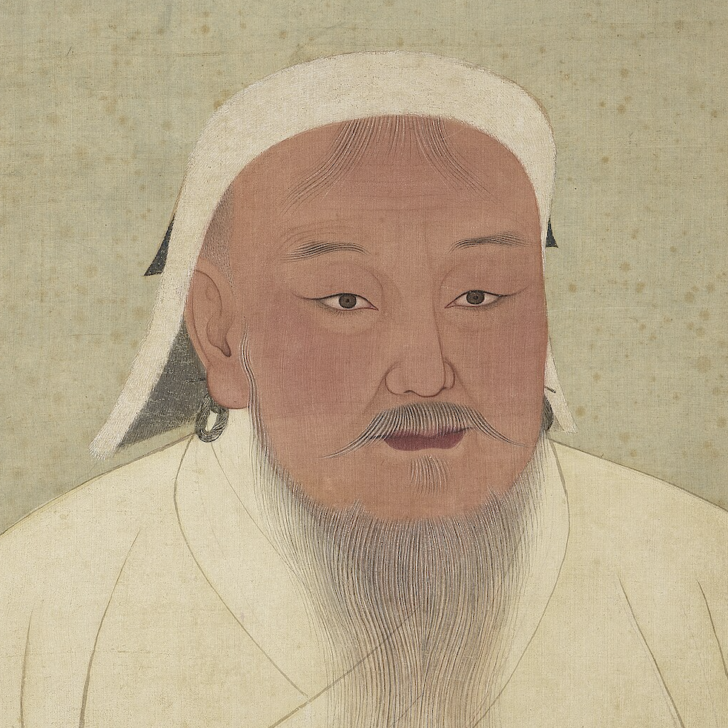

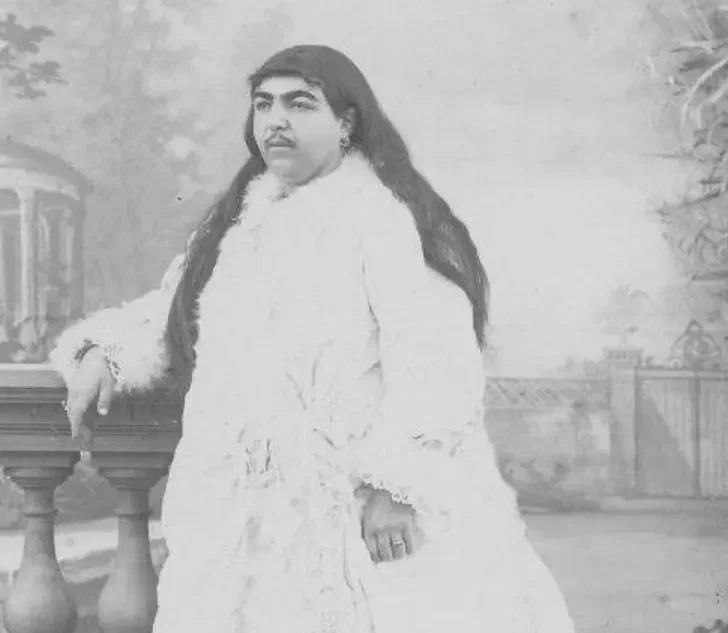


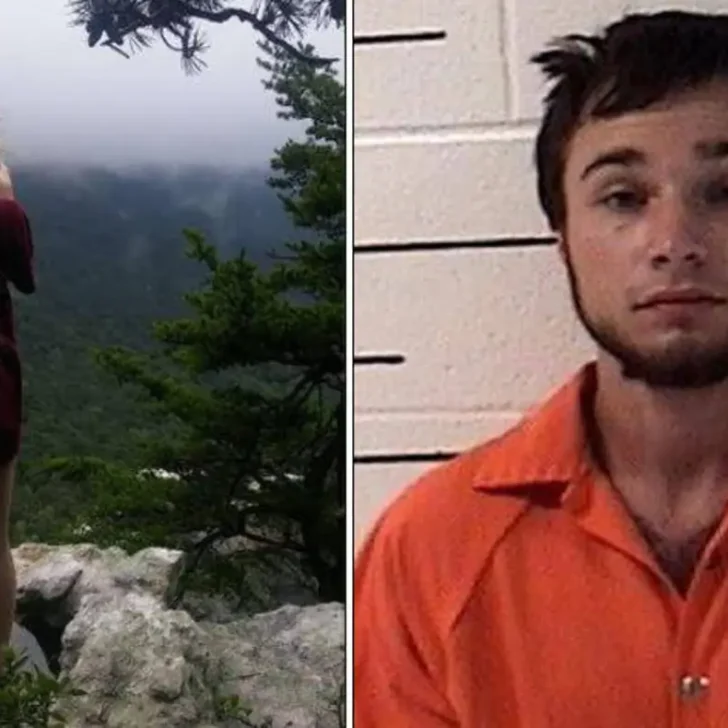
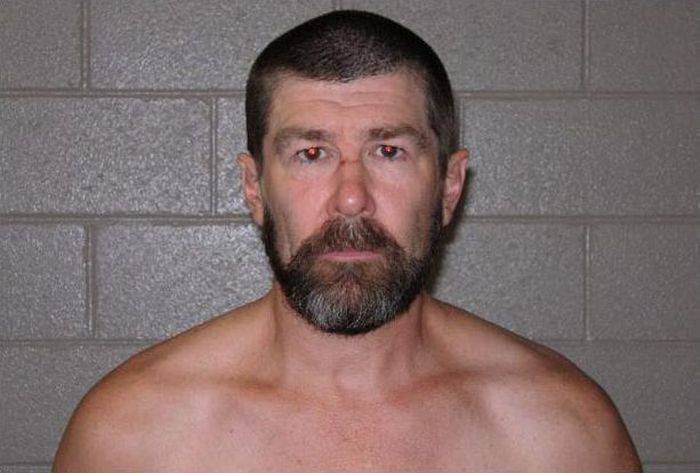

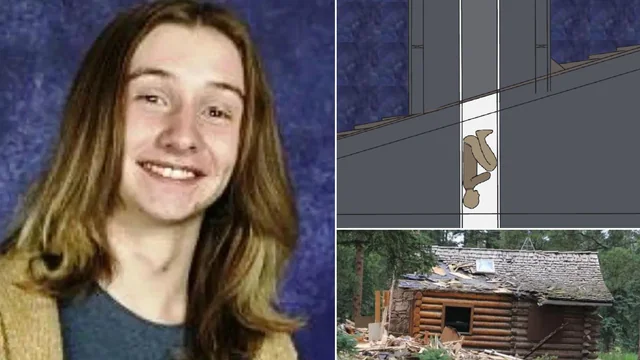

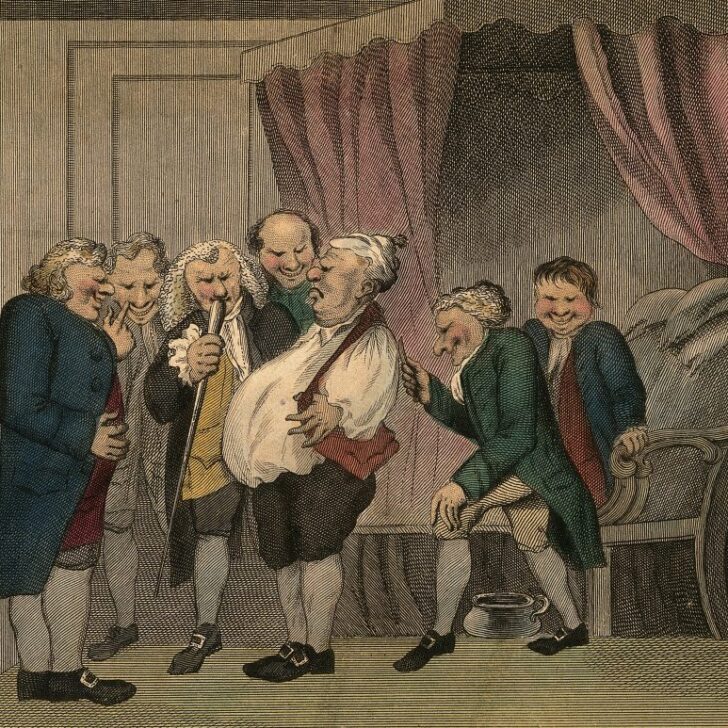
Leave a comment